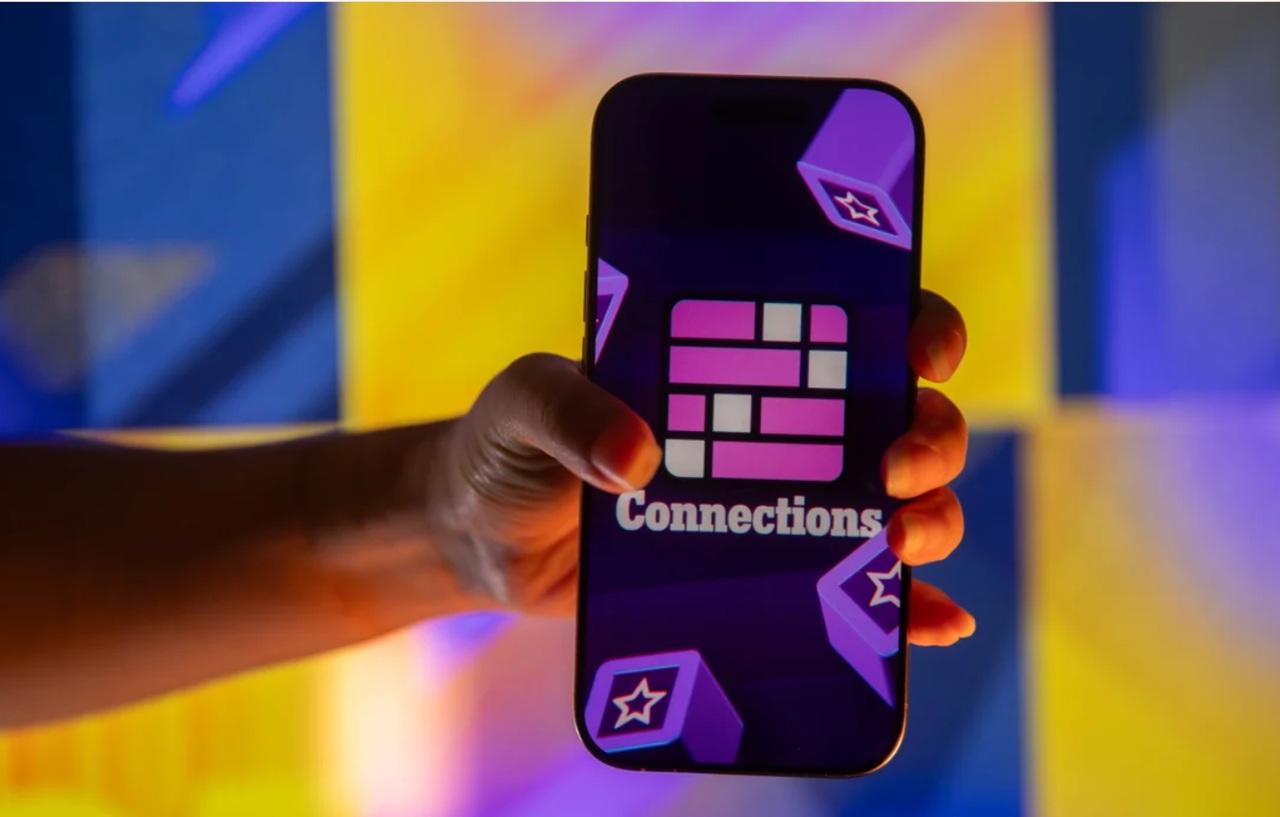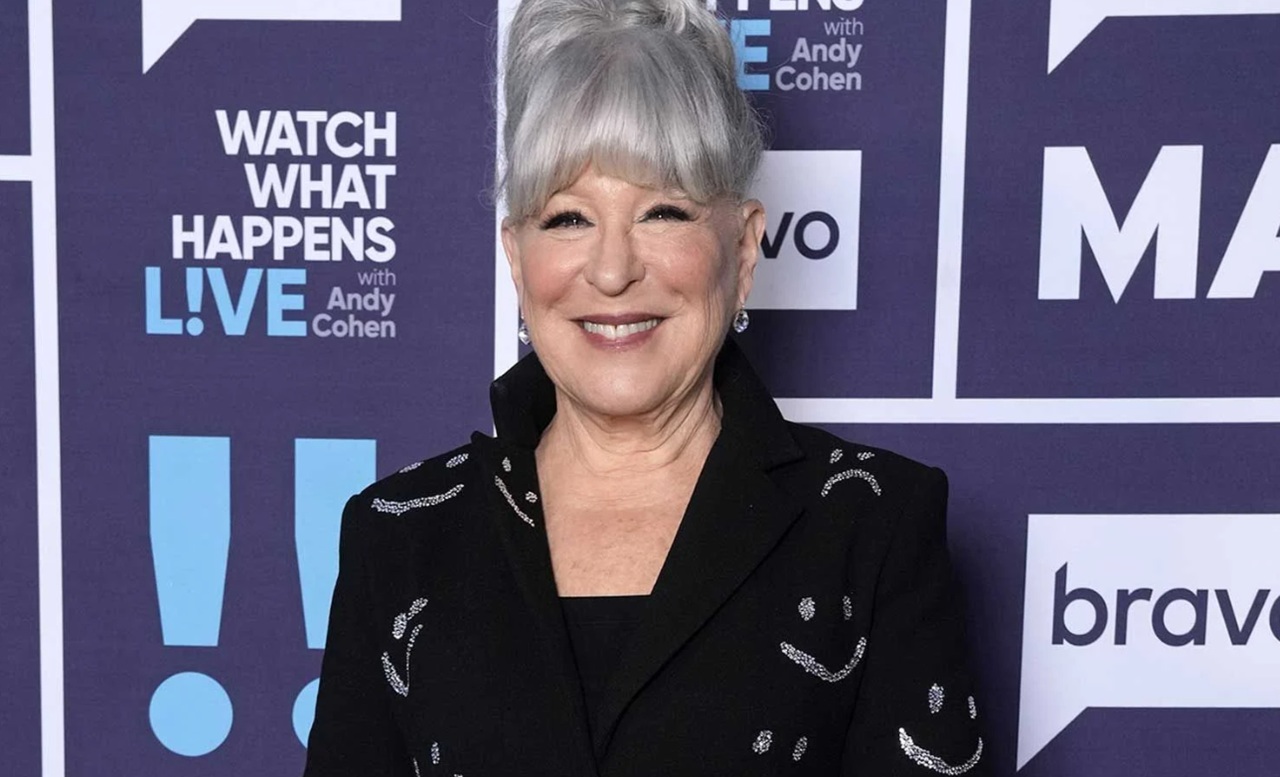In a landmark move for the mixed-reality industry, Samsung has officially launched the Samsung Galaxy XR, the world’s first headset powered by Android XR, a next-generation spatial computing operating system co-developed with Google. The announcement, made today at a global event in Seoul, South Korea, marks Samsung’s full-scale entry into the consumer extended reality (XR) market. The new headset merges digital content with the physical environment, offering users a seamless blend of virtual and real-world experiences. With the Galaxy XR, Samsung aims to rival top players such as Apple’s Vision Pro and Meta’s Quest 3, leveraging its strong ecosystem and close partnership with Google.
Main Details: Design, Platform, and Pre-Installed Apps
The Samsung Galaxy XR runs on Android XR, a purpose-built operating system designed for spatial computing devices. This software represents a deep collaboration between Samsung and Google, reminiscent of their earlier partnership on Wear OS for smartwatches. The companies’ shared goal is to bring Android’s flexibility into the next computing frontier — extended reality. One of the most unique aspects of the Galaxy XR is its dual-app ecosystem. Samsung has preloaded the headset with apps from both Samsung and Google, giving users freedom of choice for core tasks. For instance, users can browse the web via Samsung Internet or Google Chrome, and access voice assistance through Bixby or Google Gemini.
The interface uses a customized version of One UI XR, Samsung’s signature software skin adapted for 3D and spatial environments. Familiar elements like the Quick Panel, notifications, and Settings menus retain Samsung’s recognizable design language, ensuring that Galaxy users feel instantly at home in the XR world. Early testers have noted the device’s intuitive controls, fluid interface transitions, and vibrant display fidelity. The Galaxy XR appears to be targeting both casual consumers and professional users looking for immersive computing experiences beyond traditional screens.
Expert Reactions and Industry Analysis
Tech analysts have lauded the Samsung Galaxy XR as a major milestone in Samsung’s innovation roadmap.
“This headset bridges two of the world’s largest software ecosystems — Samsung’s Galaxy platform and Google’s Android,” said Evan Blass, a renowned technology analyst. “The inclusion of Android XR sets the stage for a new category of mixed-reality experiences that could redefine personal computing.”
According to market watchers, the Galaxy XR represents a significant pivot for Google as well, after years of limited progress in the AR/VR space. By pairing with Samsung, Google gains a powerful hardware partner capable of pushing Android XR into mainstream adoption.
Meanwhile, Samsung’s investment signals its determination to establish leadership in spatial computing — a sector projected to exceed $150 billion globally by 2030.
Seamless Device Integration and Ecosystem Connectivity
Integration and connectivity remain central to the Galaxy XR’s appeal. The headset is designed to work effortlessly within Samsung’s broader device ecosystem.
Through a feature called PC Link, users can mirror their computer screens directly into the headset. Smart View enables streaming from Galaxy smartphones and tablets, while Multi Control allows users to share keyboards, mice, and files across devices. Additionally, users can answer phone calls or check messages through the headset interface, turning the Galaxy XR into a true communication hub.
This cross-device compatibility highlights Samsung’s broader ambition — to create a unified experience across its Galaxy ecosystem of phones, tablets, watches, and now XR devices.
“The Galaxy XR isn’t just a headset; it’s a central hub for all Samsung devices,” said a company spokesperson. “It’s built to make transitions between physical and digital worlds seamless.”
Market Impact: Competing in the XR Race
The launch of the Samsung Galaxy XR introduces strong competition in a market currently dominated by Apple and Meta. Apple’s Vision Pro, launched earlier in 2025, showcased premium hardware and software integration, but Samsung’s approach focuses on accessibility, openness, and compatibility with Android-based devices.
If the Galaxy XR gains traction, it could reshape the market by making Android XR a viable platform for developers. Samsung’s strategic advantage lies in its massive Galaxy user base and existing partnerships with Google and Qualcomm, which could help accelerate adoption.
Analysts predict that the Galaxy XR will appeal to early adopters, tech enthusiasts, and productivity users who want immersive multitasking experiences. Its dual-app structure may also attract developers looking for flexibility and multi-platform integration.
What’s Next for Samsung and Android XR
Samsung plans to expand the Android XR ecosystem with developer tools and an open app marketplace later this year. Future software updates will likely focus on performance optimization, spatial gestures, and productivity features such as virtual desktops and live collaboration environments.
The company has not yet revealed global pricing tiers, but preorders are expected to begin in the U.S., South Korea, and select European markets soon. Industry experts anticipate that Samsung will unveil Galaxy XR accessories, such as controllers and extended battery packs, in early 2026.
The success of the Galaxy XR will be closely watched — not just as a product launch, but as the potential foundation for Samsung’s long-term XR ecosystem.














